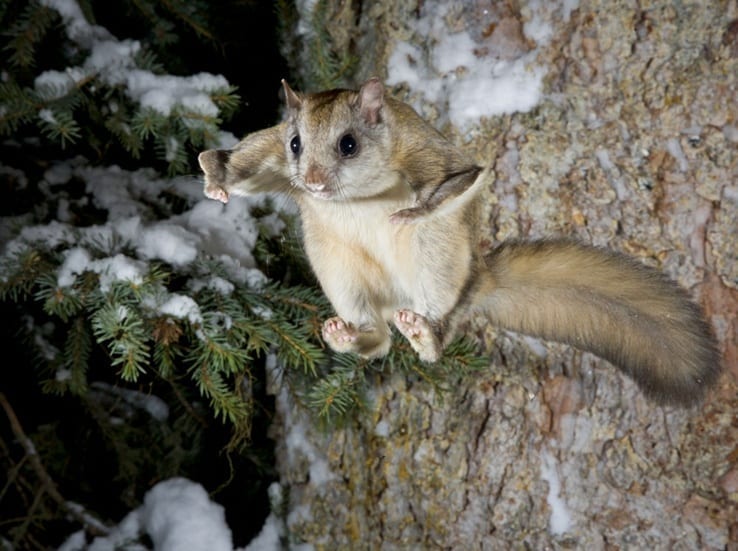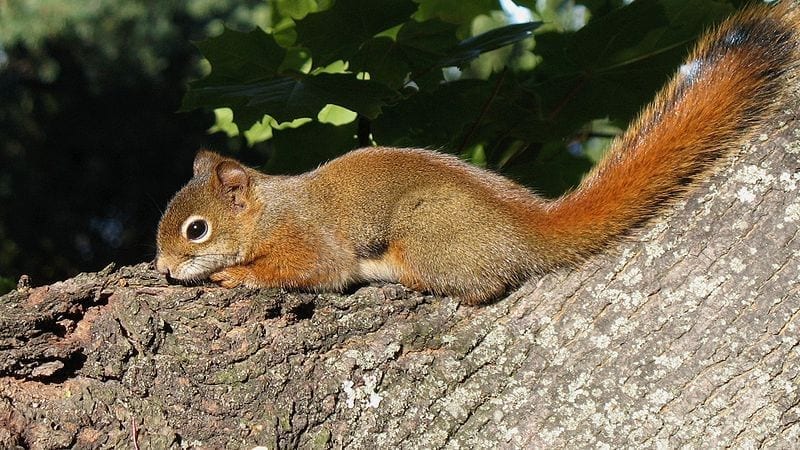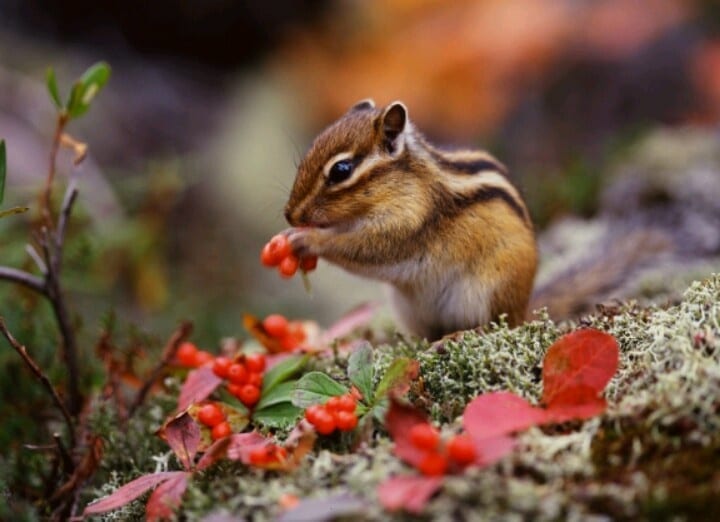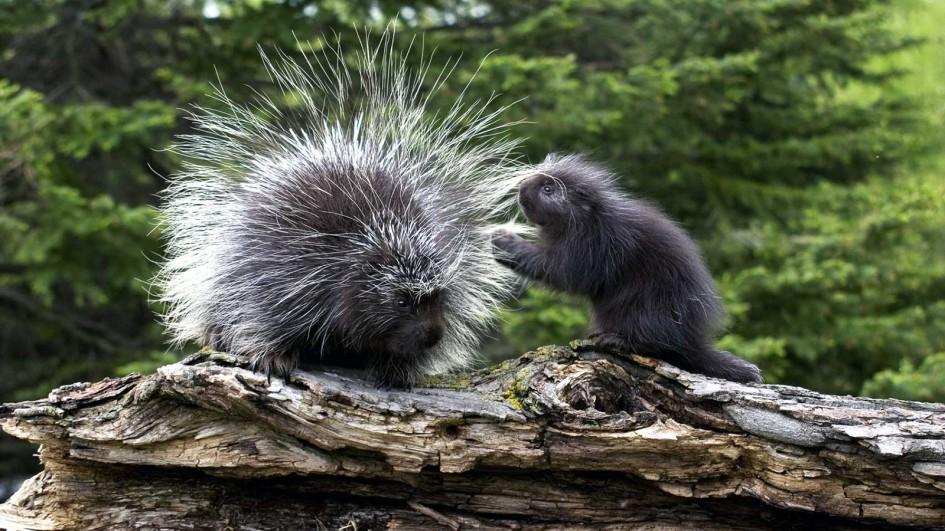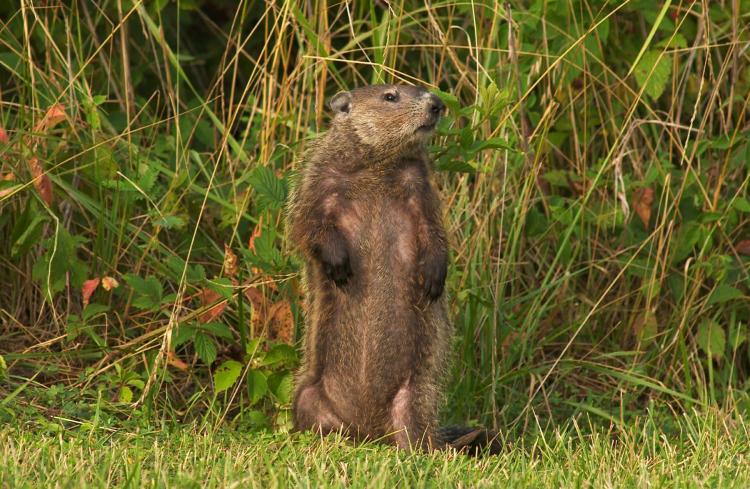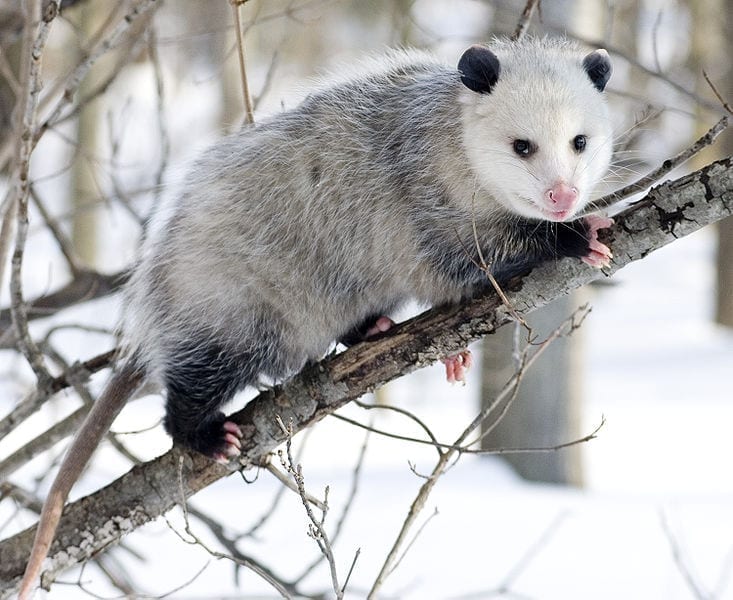Flying Squirrel
Flying squirrels are the most nocturnal and arboreal of the tree squirrels. Although they forage on the ground, flying squirrels spend most of their time in trees, where they climb, walk, or run along branches, hopping over obstacles. The flying squirrels ability to glide from one tree to another is unique among rodents. Before gliding, [...]

